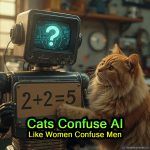The FUTURE Walk of FASHION
A Runway Revolution
The Fabric of Time is Unraveling – And Fashion is Leading the Charge
Let’s be honest – your wardrobe is already obsolete – that is in the near future! While you’re still debating whether stripes go with florals, the future of fashion is here, and it’s wearing self-healing nanofabric that changes color with a voice command. “The Future Walk of Fashion” isn’t just a video – it’s a wake-up call.
A cyberpunk fever dream where classic tailoring and liquid-metal dresses share the same sidewalk. Where models aren’t just human – they’re surreal, digital, animal, and possibly alien.
This isn’t just a runway. It’s a time machine.
And you’re invited.
But here’s what makes this revolution truly radical: human creativity is the ultimate luxury. In this future, every model isn’t just a mannequin – they’re a co-creator. They’re selecting their silhouettes from AI-generated mood boards, tweaking holographic hemlines with gesture controls, and collaborating with bio-engineers to grow their own embellishments.
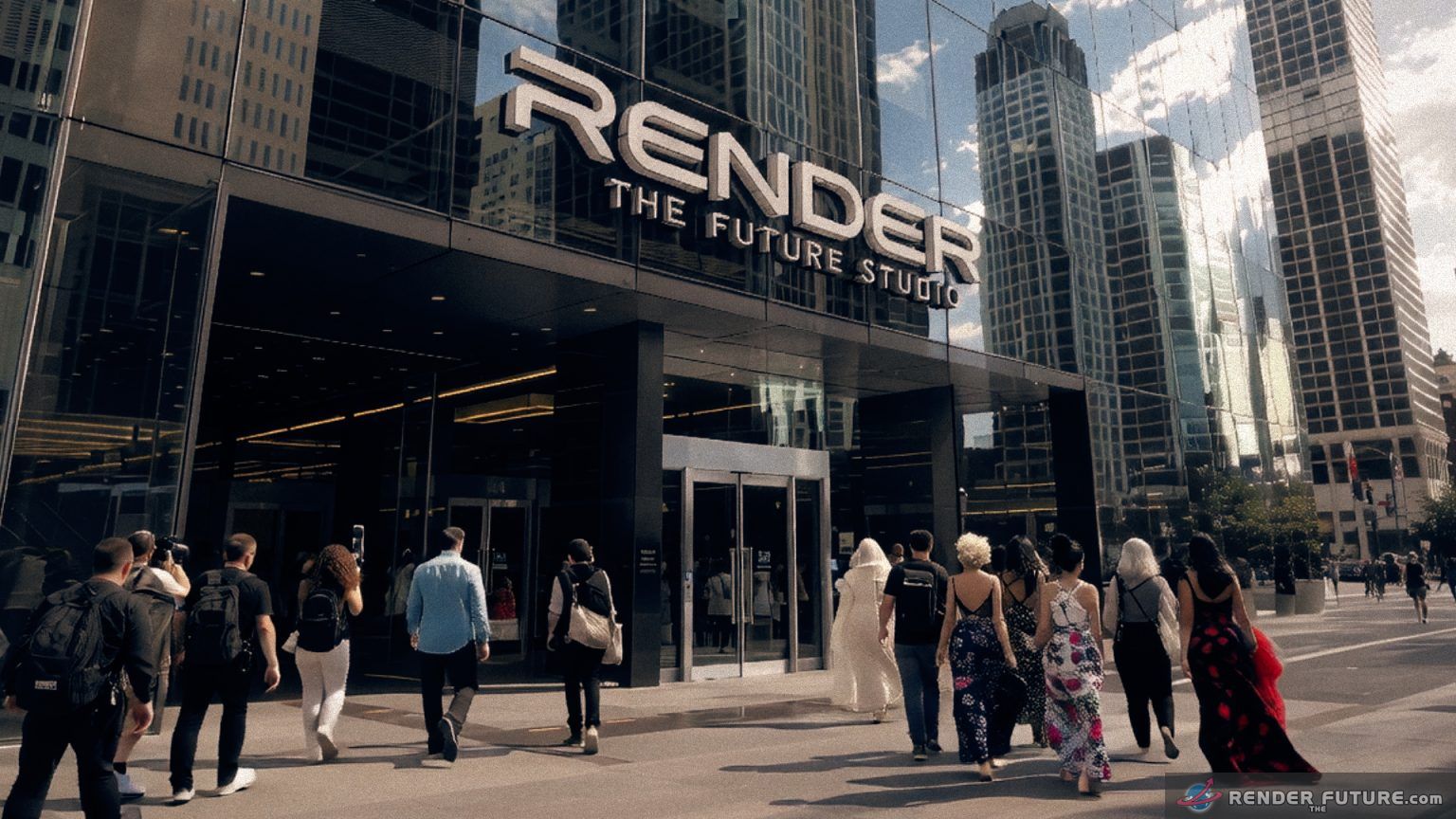
The more human the input, the more breathtaking the outcome – because no algorithm can replicate the messy, glorious intuition of a designer who’s had three coffees and a breakthrough at 3 AM. This is fashion where technology amplifies imagination, not replaces it.
Fashion’s Quantum Leap: Where Sci-Fi Becomes Sewn
The clothes in this film don’t just look futuristic – they act it. Fabrics that repel stains like a force field, textiles that stiffen or loosen based on your body temperature, and dyes that shift hues like a mood ring for the apocalypse. This is fashion that adapts – not just to trends, but to physics.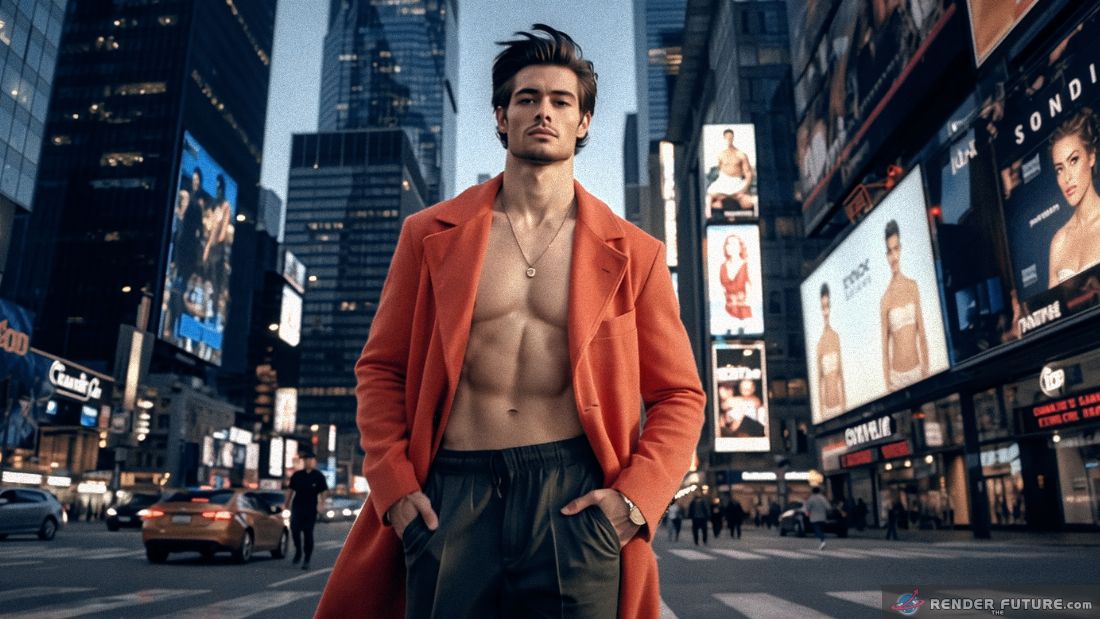
But here’s the twist: This isn’t fantasy. Labs are already growing spider-silk sneakers. Designers are 3D-printing gowns that melt and re-form. The future isn’t coming – it’s already in your Instagram feed, masquerading as “concept art.”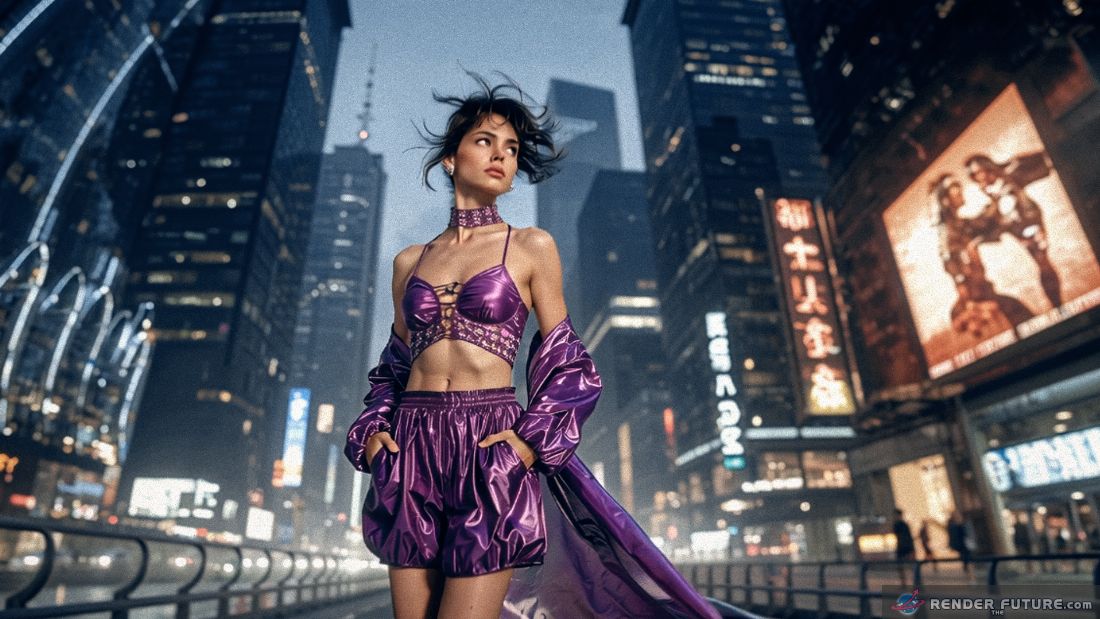
The real magic happens when these technological marvels meet human ingenuity. Each garment in this future-fashion ecosystem tells a story of collaboration – where designers input creative direction while machine learning suggests structural possibilities the human mind might never conceive. The silk that repairs its own snags? Inspired by a designer who kept tearing samples during all-nighters.
The color-shifting pigments? Born from an artist’s frustration with seasonal palette limitations. This is fashion’s new paradigm: where technology doesn’t replace creativity, but becomes the ultimate co-conspirator, turning “what if” into “why not” at quantum speed. The result? Pieces that don’t just clothe bodies, but respond to them – adapting cut, texture and even emotional resonance in real-time, like a second skin that’s finally learned to think.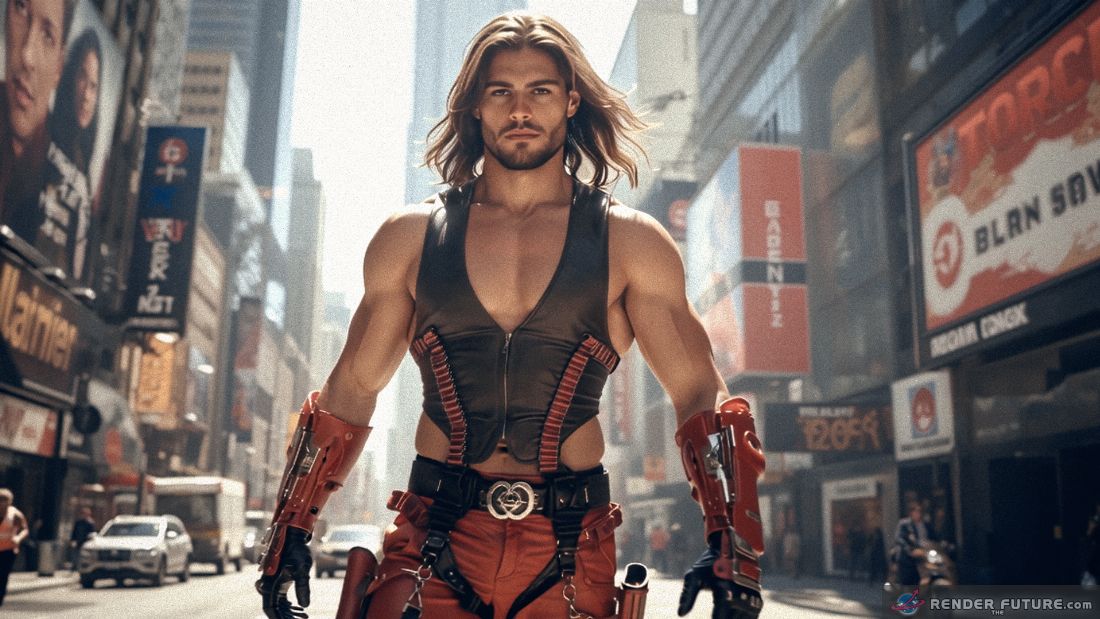
The Cast of Tomorrow: Humans, Holograms, and a Very Special Panther
Forget “diversity” as a buzzword. This is a parade of existence itself – super human models, digital avatars, and yes, a Panther that probably has a better skincare routine than you. The message? Fashion isn’t for a type. It’s a language. And in the future, everyone gets to speak.
Including the robots.
(Let’s just hope they don’t develop opinions on crop tops.)
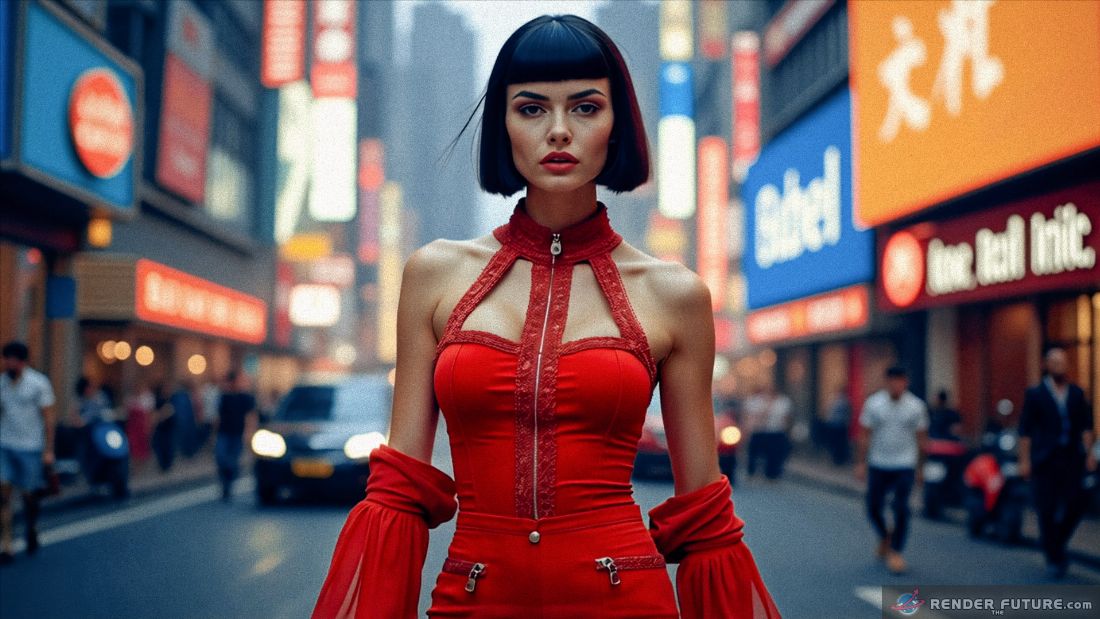 What truly electrifies this fashion revolution isn’t just the technology – it’s the radical democracy of its casting. Each participant, from the quantum-supermodel adjusting her photonic gown mid-strut to the bioengineered panther padding alongside her in matching liquid-metal armor, brings intentional creative agency to the runway.
What truly electrifies this fashion revolution isn’t just the technology – it’s the radical democracy of its casting. Each participant, from the quantum-supermodel adjusting her photonic gown mid-strut to the bioengineered panther padding alongside her in matching liquid-metal armor, brings intentional creative agency to the runway.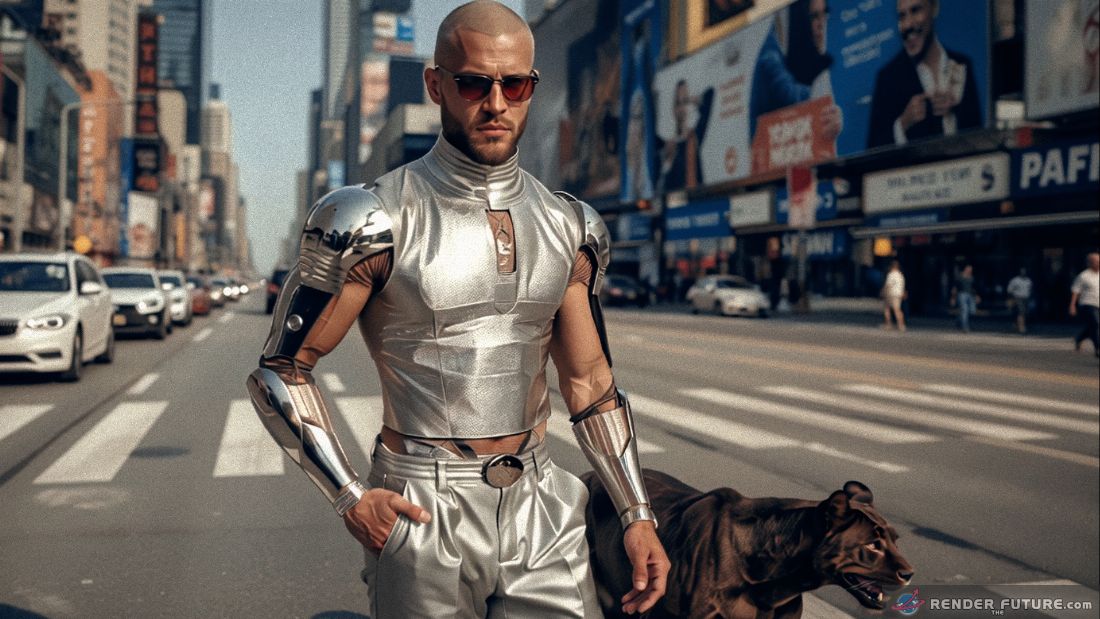
The panther’s handler? A former astrophysicist who codes movement algorithms between fittings. The hologram’s “skin texture”? Designed by a collective of digital artists protesting fast fashion through infinite, waste-free digital garments. 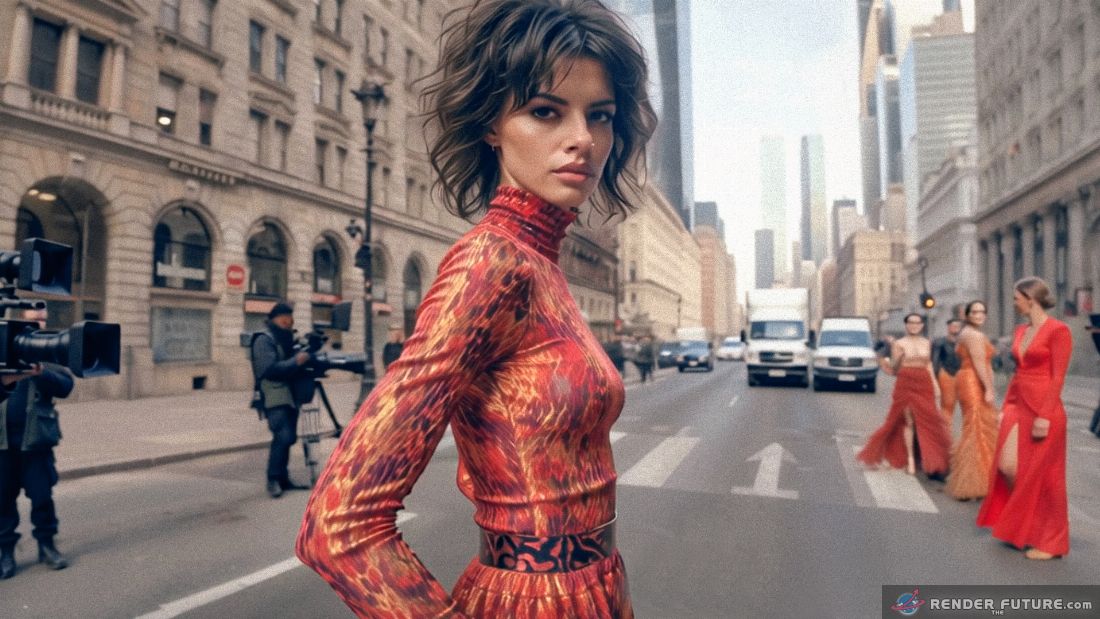
This is a world where your species, origin story, or carbon composition matters less than your creative conviction – where a sentient scarf can debate aesthetics with its wearer, and the most sought-after accessory might just be a brilliantly opinionated AI stylist.
The future of fashion isn’t just diverse – it’s deliciously, disruptively dialogic.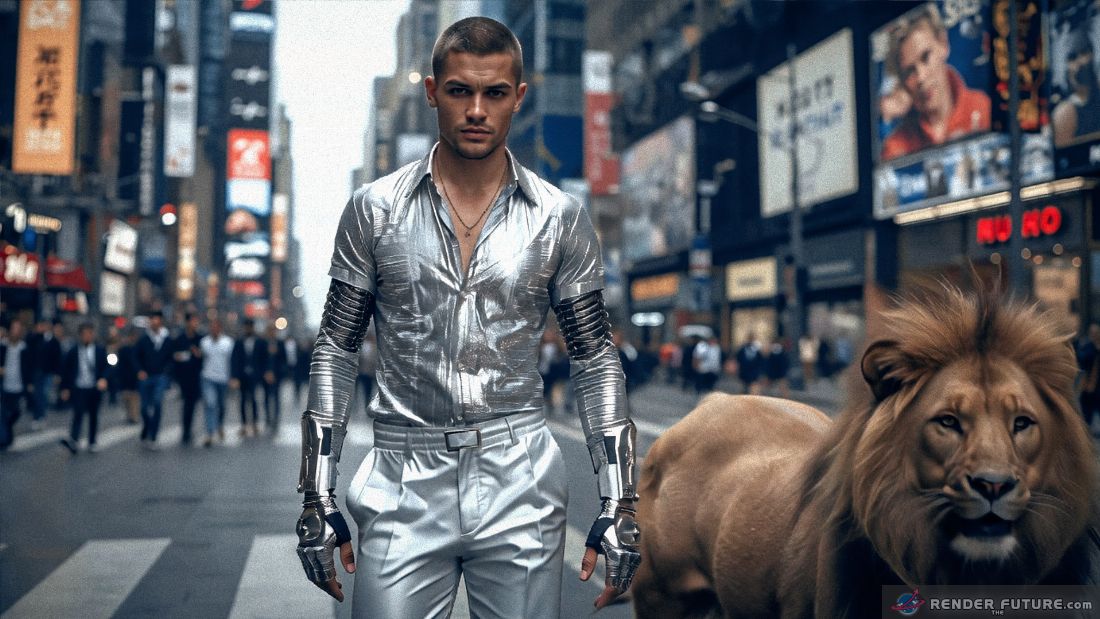
Was This Video Created With Just a Push of a Button?
Think Again.
Behind every mesmerizing frame of The Future Walk of Fashion lies 2.5 months of relentless creative collaboration – countless sample subject takes, long nights, and an alchemy of cutting-edge technology and raw human ingenuity. This isn’t AI-generated fantasy; it’s an AI graphic processing elevated reality. The models’ movements were perfected through hundreds of real-world runway references.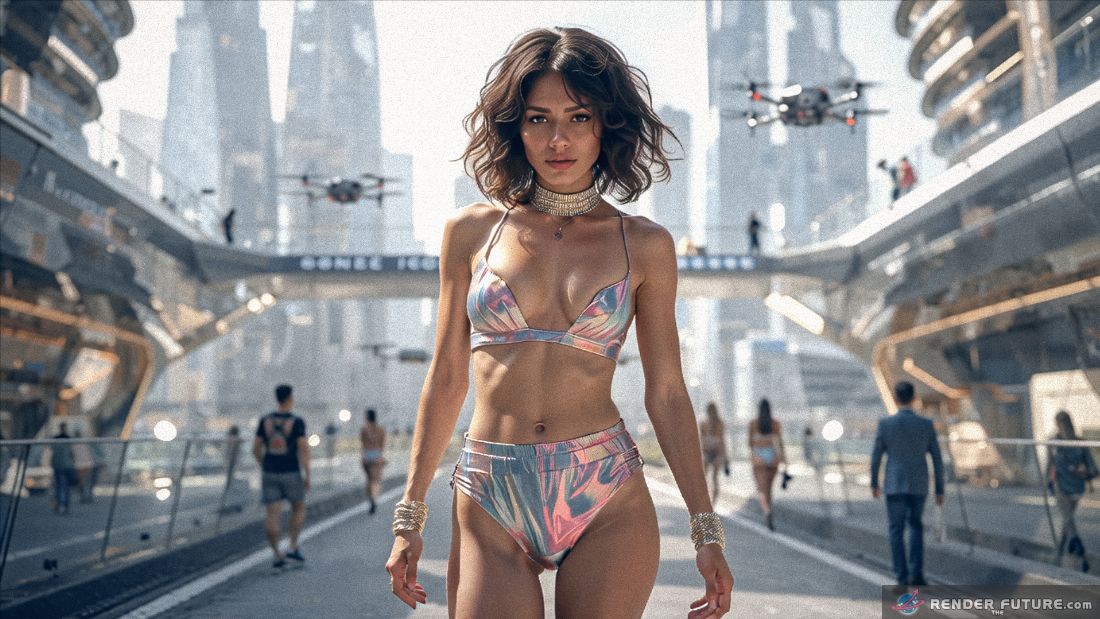
The futuristic cityscapes? Born from painstakingly referenced concept art, blending tomorrow’s imagination with today’s architectural marvels. computational imaging didn’t replace the process – it amplified it, helping refine impossible details: self-driving flying civilian aircraft, bioluminescent fabrics, and skyscrapers that glitch between dimensions.
Every aerial shot, every accessory, every stitch of digital fabric was scripted, scrutinized, and render perfected – because the future deserves nothing less.
This is next-level storytelling, where technology meets obsession.
(Disclaimer: No animals were harmed – only stylized.)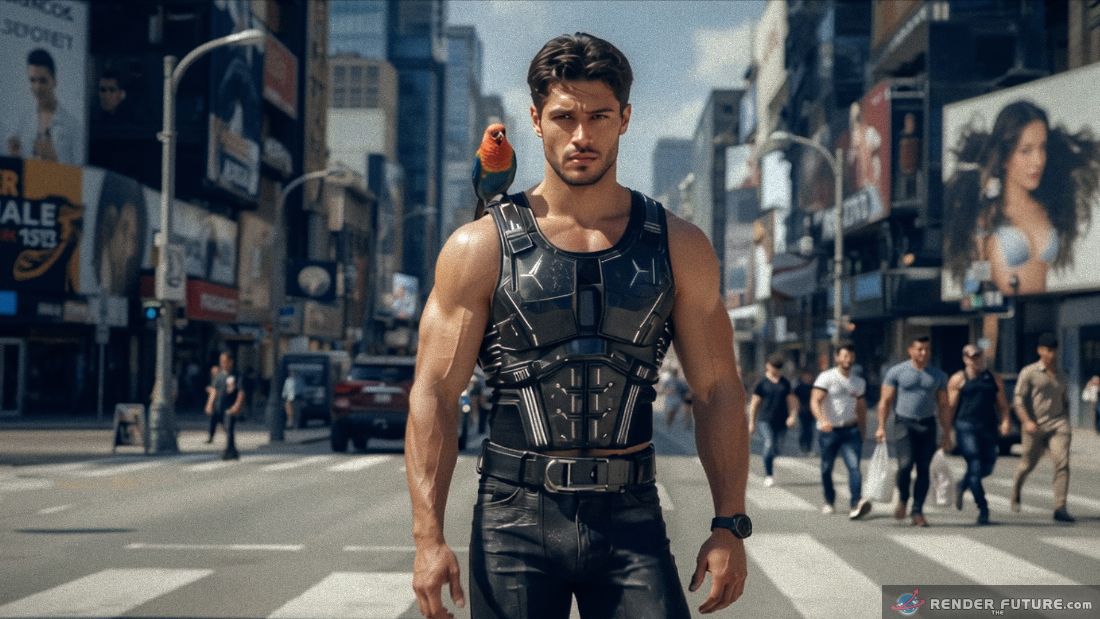
Why This Isn’t Just a Video – It’s a Mirror
Every frame of “The Future Walk of Fashion” asks: What do we want from tomorrow? Seamless tech? Unbreakable creativity? Or just the right to wear a metallic trench coat to brunch without judgment?
The answer? All of it.
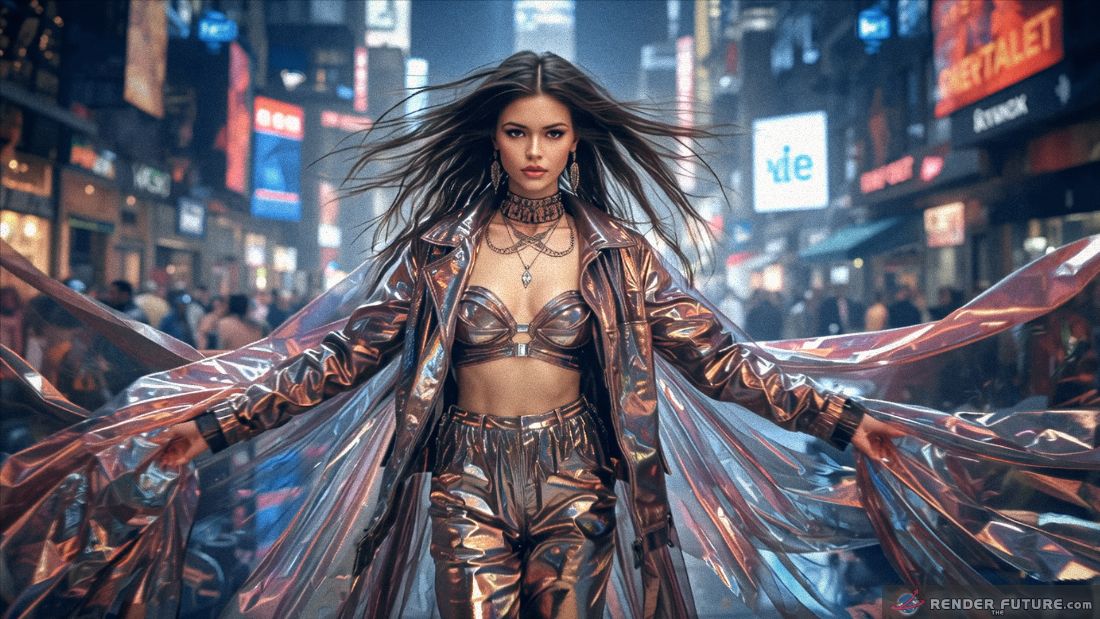 This is more than a film. It’s a provocation. A challenge to creatives, wearers, and even the fabric of reality itself.
This is more than a film. It’s a provocation. A challenge to creatives, wearers, and even the fabric of reality itself.
The future of fashion isn’t a trend – it’s a rebellion.
And the revolution will not be mass-produced.
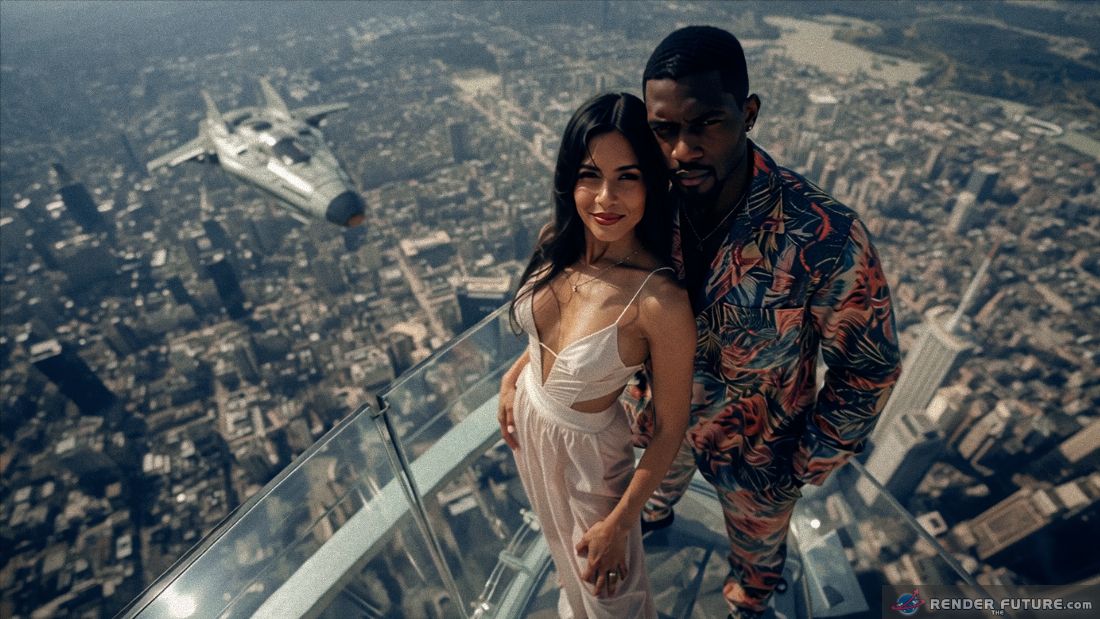

References and Sources:
- The Business of Fashion, “The Rise of Consumer-Created Couture”
- MIT Design Lab, “Participatory Fashion Systems”
- Vogue Tech, “When Models Become Muses (and Directors)”







